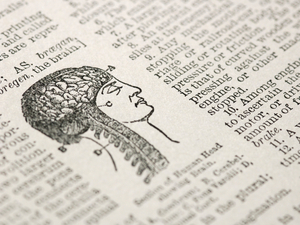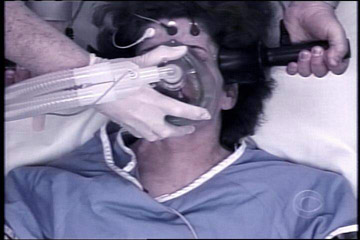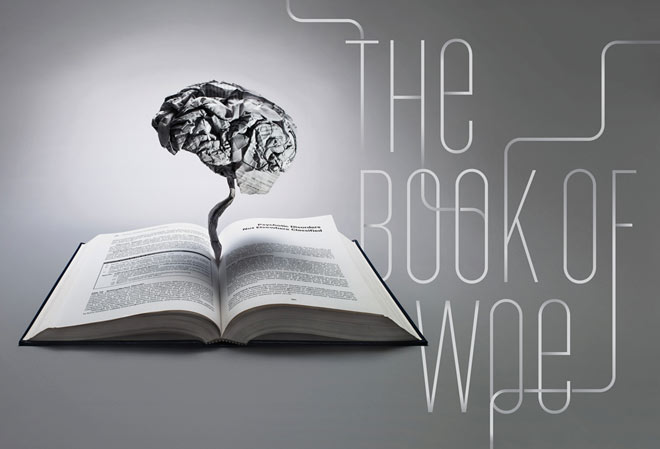
What’s A Mental Disorder? Even Experts Can’t Agree
The American Psychiatric Association’s Diagnostic and Statistical Manual, or DSM, updated roughly every 15 years, has detailed descriptions of all the mental disorders officially recognized by psychiatry. It’s used by psychiatrists, insurance companies, drug researchers, the courts and even schools.
But it’s not without controversy: The proposed changes suggested this year have sparked a kind of civil war within psychiatry.
In a small condo on the beach in San Diego lives Allen Frances, who blames himself for what he calls the “Epidemic of Asperger’s.” Frances edited the last edition of the DSM, and he’s also the new DSM’s most prominent critic. Frances is the one who put the word Asperger’s in the DSM in the first place, thereby making it an official mental disorder





SHARE YOUR STORY/COMMENT: